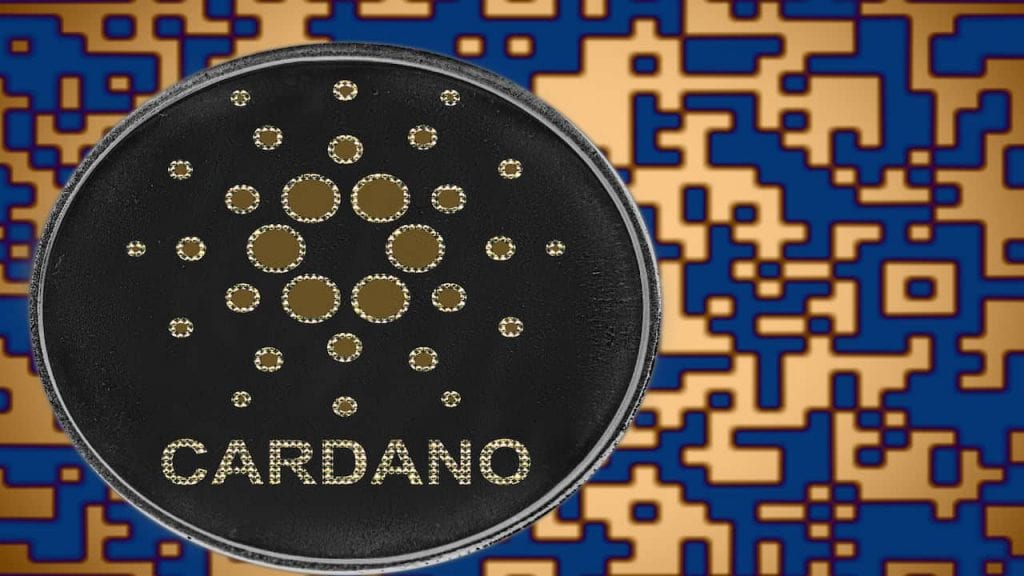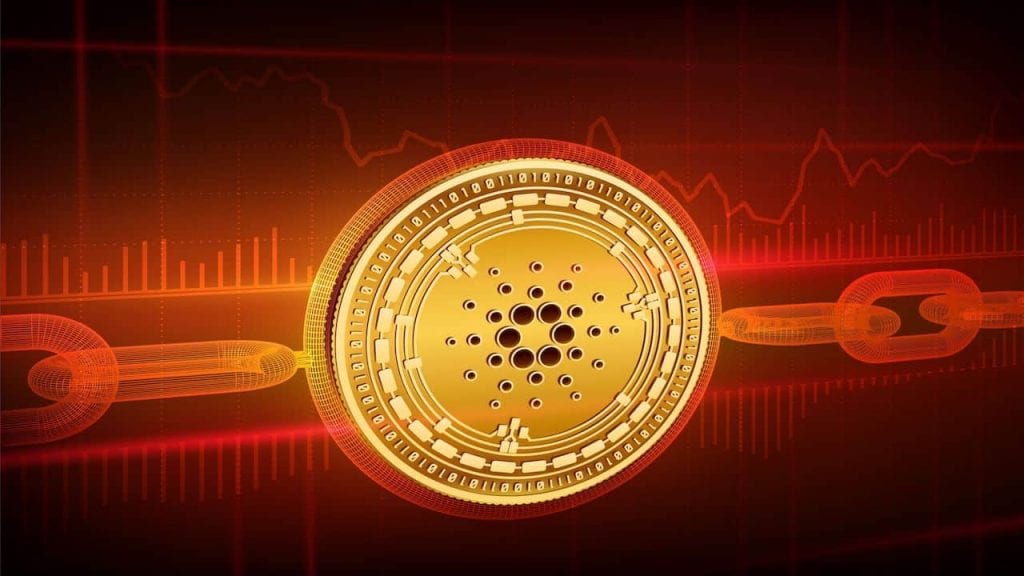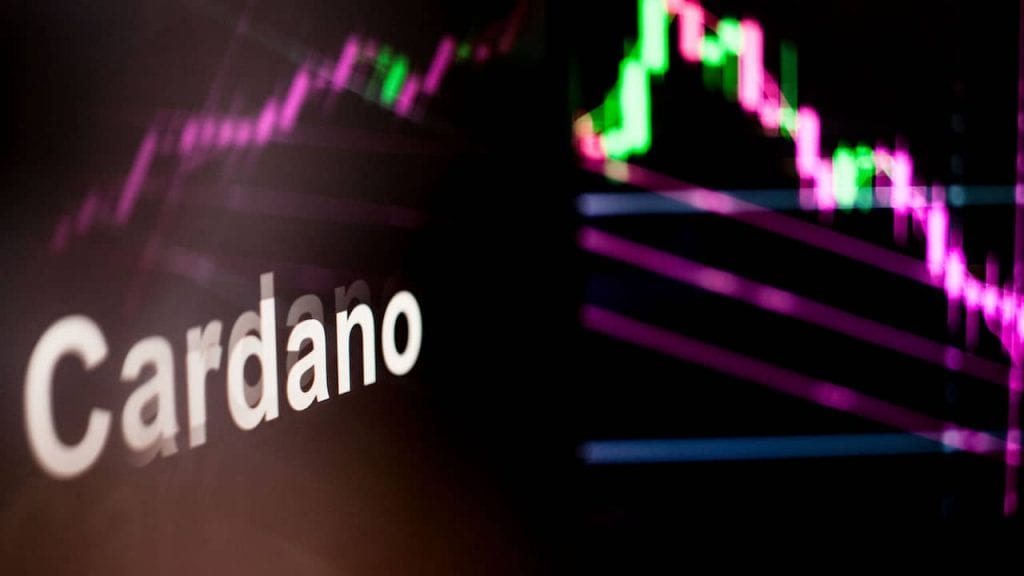Cardano Mining – Proof-of-Stake breaks new ground
Cardano mining offers an altogether different mining experience. Above all, the lower energy demand and the lower computing power required make all the difference. The coin quantities possessed by users determine how many coins can be unlocked and, of course, there is a reward for this work.
In order to support the proof of stake (PoS) algorithm and ensure fairer distribution, Cardano has developed its own algorithm known as ‘Ouroboros’. Read on as we detail how Cardano coin mining works and what software may, or may not be, required.
- Cardano mining is performed with Proof-of-Stake protocol
- Less energy required for Cardano mining
- A wallet is required for the management of the coins
- Cardano is more scalable and flexible than other cryptocurrencies

Content:
- Cardano mining – how the coins are generated
- Cardano mining software is not necessary – mining principles in comparison
- How can I get more coins?
- What is the aim of Cardano – can I pay with ADA in the future?
- The further strengths of Cardano
- Conclusion – Cardano mining is not comparable to PoW protocol
Cardano mining – how the coins are generated
Cryptocurrencies, such as Bitcoin, are generated through mining. The situation is similar for Cardano (ADA) mining, although a maximum limit of 45 billion ADA has already been set. Currently, about 31 billion ADA have been generated. However, not all of them are in circulation. The number varies, of course, but experience shows that about 26 billion ADA are currently distributed. All ADA that are not in circulation are owned by the Cardano Foundation and remain on hold. Until the maximum number of 45 billion is reached, the community generates the missing ADAs.
Cardano coin mining – proof-of-stake
With Cardano Mining, the developers are pursuing a new approach, which should help make the cryptocurrency more scalable and faster. Until now, critics of Bitcoin and other digital currencies have always criticised the enormous energy consumption associated with mining. But with the proof-of-stake principle, Cardano coin mining consumes significantly less energy, making generation more sustainable. Cardano mining software is also not necessary.
User coins determine Cardano mining power
The number of coins possessed by the user determines how much power they can use for the mining process. The principle is simple – the more coins a user owns, the more they can participate in Cardano mining.

Cardano mining software is not necessary – mining principles in comparison
When compared to the mining of other cryptocurrencies, Cardano mining is significantly different. The Cardano proof-of-stake principle is already much more of a departure from the proof-of-work principle associated with Bitcoin. To make the differences clearer, let’s compare the two methods.
Cardano Coin Mining with the proof-of-stake principle
Before we begin our comparison with the well-known proof-of-work procedure, we will take a look at the principles of Cardano Coin mining and show what is so innovative about it.
New ADA tokens are not generated but rather unlocked. Since about 31 billion ADA have already been generated, the token owners need a certain number of coins to unlock new ADA. However, users do not need Cardano mining software. Transaction validation is carried out by a consensus algorithm that takes into account the value share in the network. This means that the more coins a user owns, the more coins they can unlock.
Example of Cardano mining
To better illustrate the principle, let’s choose an example. Users who own 0.1% of all cryptocurrency can validate 0.1% of the transactions. Someone who owns 1% per cent coins can therefore validate 10 times more than a user with 0.1%. If users generate a new block, they also receive a reward from Cardano. However, the payout is also made with an algorithm that takes into account the value-based share in the network. The transaction fees and the reward are distributed by the algorithm randomly yet regularly.
Is Cardano coin mining better than PoW?
There are various reasons why Cardano mining can be regarded as better than the PoW principle. One of the advantages is the increased environmental benefits. Due to the algorithm and the new principle of generation, fewer energy resources are needed. This makes Cardano mining much more environmentally friendly.
As mentioned, coin owners also don’t need Cardano mining software, meaning the installation of resource-consuming programs is not necessary. This in turn can also save on investments in hardware. PoW miners, on the other hand, often have to invest in powerful technology.
How fair is the distribution?
As with the other generation principles, Cardano mining is determined by the users themselves. At present, there is no decentralisation, but this is planned for the future. All nodes are currently still controlled by the Cardano Foundation. The status quo is, therefore, anything but decentralised. However, in future, stakeholders and one or two Cardano mining pools will operate nodes in exchange for financial compensation.
Currently, the coin owners with the largest share unlock new ADA. Those who want to mine 51% of Cardano need more than half of the coins’ total assets to do so. So far, experience shows that the coins are mainly owned by Japanese users, who acquired about 95% during the ICO. For this reason, Cardano is also referred to as the ‘Ethereum of Japan’.
PoW compared to PoS
The PoW protocol is not used for Cardano mining. However, it is used for many other cryptocurrencies, such as:
- Bitcoin
- Litecoin
- Monero
The PoW principle only became known with the introduction of Bitcoin. While the concept itself goes back to 1992, the term ‘proof-of-work’ was first coined in a publication in 1999 through the scientific work of Markus Jakobsson and Ari Juels. The principle works quite simply. The participants in the network work and solve crypto graphical tasks to validate the transactions in the network. If enough transactions are validated, a block is formed and a new block is generated on the blockchain. The reward for this work is paid out in the form of fixed coins.

Vulnerabilities of the proof-of-work protocol
With the PoW protocol, transaction processing takes significantly longer than with PoS. The reason for this is quite simple – transactions are only carried out once they have been integrated into a blog. The principle of reward is also somewhat different with PoW. Whoever generates the block first receives the coins. Further distribution then takes place, taking into account the total share of computing power in the network. The crypto graphic task becomes all the more difficult if there is a lot of computing power in the network.
With many users having realised that they can earn money with Bitcoin mining, for example, the number of miners has increased rapidly. This has led to an increase in computing power in the network, so that now, it’s the case that only large data centres or mining pools are responsible for mining.
The energy balance of PoW mining compared to Cardano mining
One of the main criticisms of the PoW protocol is the waste of resources. To generate a block, network participants require around 10 minutes. The power consumption for a transaction is enormous. Not to be forgotten are the high electricity costs, especially in Europe.
For this reason, many mining providers have their data centres in countries where the prices for electricity are significantly lower. These include China or Iceland, for example. But this enormous demand for electricity also has its disadvantages. It is often not possible to generate the electricity reserves required. As such, China has already announced several times that it wants to heavily regulate mining or even ban it completely.
Cardano mining is possible for ‘smaller’ users
Bitcoin mining is largely dominated by professional users. As a result, users with little computing power may find it difficult to participate in mining. The alternative is to join a mining pool in which the profit is distributed among all participants. Cardano mining is much easier in this regard due to its structure. The energy costs are significantly lower and no Cardano mining software is needed. So if you are looking for alternatives to Bitcoin mining, Cardano mining or participation in a Cardano mining pool could be a solution.
How can I get more coins?
Those who have a large number of ADA can also unlock more of the currency. But how can users actually get a higher share of tokens? The answer – buy Cardano. The cryptocurrency is currently available on selected exchanges, such as:
- Bittrex
- Binance
- Coinnest
However, it’s not possible to purchase ADA directly with British pounds. Users have to first buy Bitcoin or Ethereum and then exchange them for ADA. A wallet is also required to manage the coins. However, wallets are currently only available from limited providers. As a hardware wallet, the Ledger Nano S, for example, offers the option to manage ADA. If you want, you can also download the desktop wallet from Daedalus and use it to manage your coins.
How is the ADA award determined?
The ADA price can vary from exchange to exchange. Supply and demand regulate the price. However, there is no central Cardano market – the price is set individually on each exchange. Therefore, the price on Bittrex, for example, may be higher than on Binance. In order to benefit from the most attractive conditions for trading with ADA, users should compare several exchanges before deciding on their provider. If coins are available in your wallet, these are also taken into account during mining. The larger the number of coins in the wallet, the more the wallet holders can unlock.
What is the aim of Cardano? Can I pay with ADA in the future?
Cardano was introduced in 2017 and had ambitious goals from the outset. In future, users should not only be able to trade ADA, but could also use it as digital money for everyday transactions. At present, however, the currency’s functions are still limited. Currently, there is only the option of trading on crypto exchanges. But in the future, it could be possible to send the tokens to friends or used them for daily payments.
Implementation of bank and service provider networks
Big changes are also planned in the network. In contrast to Bitcoin, not only does ADA want to integrate private users, but also banks or other service providers and companies. The aim is to create a solution for transparent, fast and, above all, cost-effective transactions across the board.
Using the PoS protocol, it’s already apparent that transaction processing is possible in fractions of a second. The network continues to be developed further and, according to experts, this is one of the great strengths of Cardano. The project attempts to circumvent the supposed weaknesses of other cryptocurrencies and implement their strengths in its own network. For example, the smart contracts successfully used with Ethereum are also used with ADA. According to the Foundation’s roadmap, further innovations are planned in various phases.

The other strengths of Cardano
One of the main strengths of Cardano is its scalability. Bitcoin currently handles about 12 transactions per second and Ethereum about 15. With Cardano, however, several blockchains can run in parallel thanks to the new technological approach so that transactions are carried out in fractions of a second. This makes ADA much more scalable.
Compatibility
A frequent criticism of cryptocurrencies is their lack of compatibility with each other. Those who own Bitcoin, for example, cannot simply send the coins to the Ethereum address and vice versa. Here, too, Cardano wants to break new ground based on scientific analysis and use different blockchains. In this way, transactions between individual digital currencies will presumably also be possible in the future.
In addition, the bridge between cryptocurrency and the conventional banking system could be created. With many digital currencies, metadata, such as is mandatory for bank transfers due to money laundering laws, is not integrated. However, if the Cardano Foundation manages to realise its ambitious goal, users could connect the cryptocurrency with the classic banking system in the future.
Various fields of application
Due to its technical structure, Cardano could be used in several industries in the future. For example, the financial industry (financial service providers and banks) and logistics companies. It would also be conceivable to use it for public documents or in accounting. Documents that can be viewed by the public could be stored on the blockchain, for example, and the visibility could be implemented through encryption for selected persons/companies. Currently, selected universities are testing the Cardano blockchain to store their students’ degrees.
Conclusion – Cardano mining is not comparable to PoW protocol
As highlighted, Cardano coin mining works with a proof-of-stake protocol, which is different from the previously known proof of work protocol. The coins are not generated but only activated by the user. This means that less electricity is consumed, making Cardano mining much more environmentally friendly.
Another difference is that users don’t require Cardano mining software but a share of their coins to unlock a certain amount. In turn, they are rewarded with tokens, which are managed centrally in a wallet. So far, there are only a few wallet solutions to choose from, including Ledger Nano S and Nano X and desktop wallet solutions such as Daedalus. Due to its high transparency and scalability, experts believe ADA has a lot of potential. In the future, it’s anticipated that users would not only be able to trade the cryptocurrency but also integrate it into their daily payment transactions.






